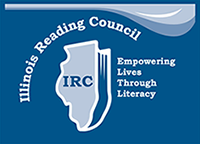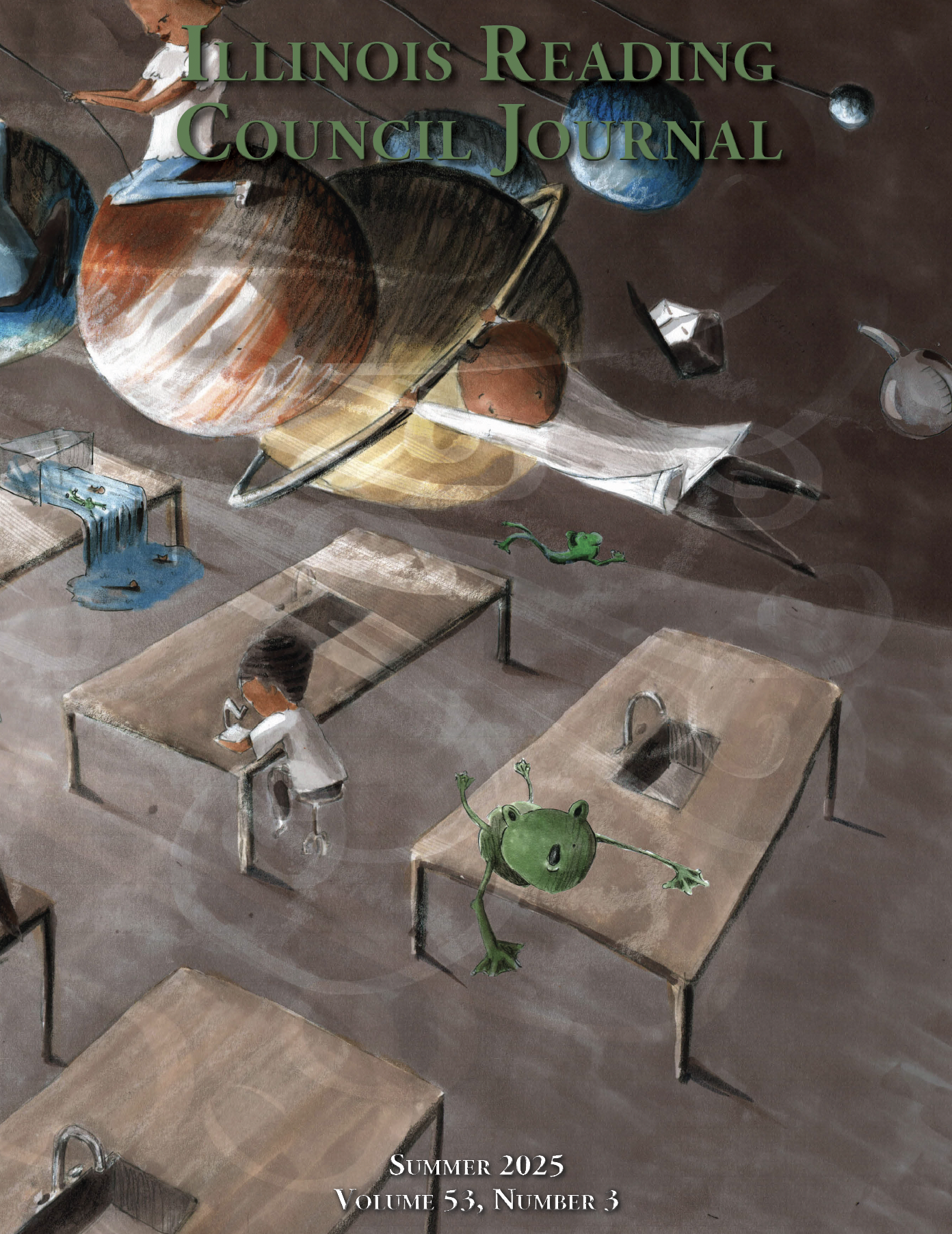|
Comprehensive Approach to Improving Early Reading with Young Multilingual Learners: One District’s Journey
By Renee Urbanski, Laura Swanlund, Jeffrey Tadelman, and Cristina Sánchez-López
Document: Article
Introductory Paragraph: Multilingual Learners (MLs) have been among the fastest-growing populations in U.S. schools, comprising approximately 5.3 million or 10.6% of the student population nationwide, ranging between 0.8% in some states to 20.2% in others (National Center for Education Statistics, 2021). An ML in Illinois is described in the following way:
Any student in PreK, K, or any of grades 1-12, whose home language background is a language other than English and whose proficiency in speaking, reading, writing, or understanding English is not yet sufficient to provide the student with: a) the ability to meet the State’s proficient level of achievement on State assessments; b) the ability to successfully achieve in classrooms where the language of instruction is English; or c) the opportunity to participate fully in the school setting. (23 Illinois Administrative Code, 2024)
The Illinois State Board of Education now uses the term Multilingual Learners. Terminology has changed and evolved over time to more accurately represent the linguistic and cultural strengths of these students. Previous terms included Limited English Proficient (LEP), a more deficit term that still exists in many legal documents and legislation that refers to these students in terms of what they do not have; and English Learner (EL) or English Language Learner (ELL), terms that ignore the language(s) that students have as they begin to learn English.
DOI: https://doi.org/10.33600/IRCJ.53.3.2025.3
Page Numbers: 3-12
|


